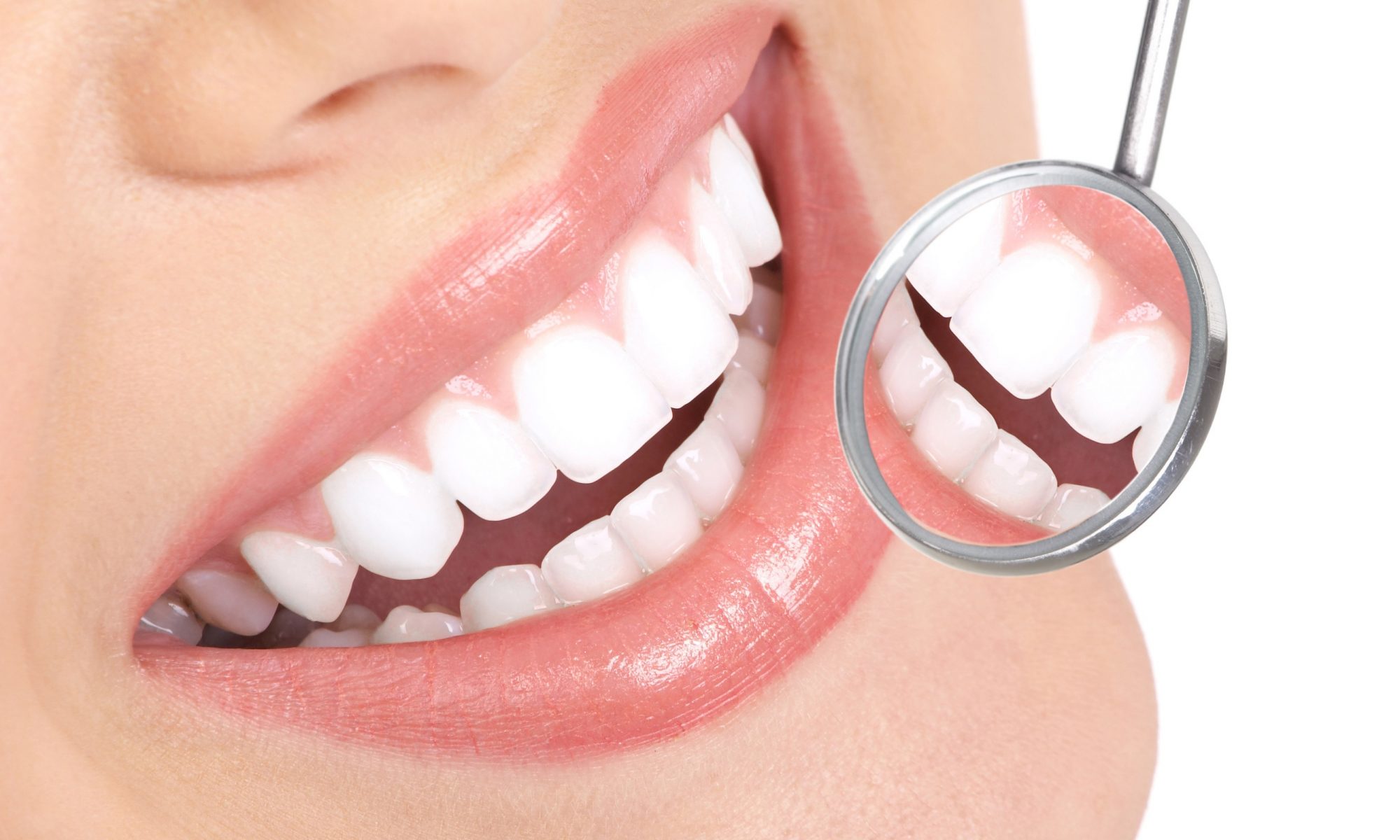Pioneered by Dr. Chao, the Pinhole® Surgical Technique is a new way to repair gum recession through a pinhole-sized incision, rather than having to cut through the tissue. This new technique will not only reduce the discomfort of grafting surgery but cuts down recovery time as well.
Here are a few of the most commonly asked questions by patients:
How common is gum recession?
While the desire to do something about one’s receding gums was less common than the problem itself (due in part to the expense, discomfort, and recovery time), the issue is fairly common.
How long can I expect the standard gum grafting procedure to take?
The standard procedure requires cutting out a graft of the gum from the palate and grafting it to where it’s needed. To delicately cut and remove the graft tissue and attach it with sutures takes about an hour to an hour and a half for just one or two teeth. It’s the recovery time that would take a while, up to two or three weeks. With Pinhole Surgical Technique, there is no gum grafting anymore. A pinhole is made by a needle, so there’s no scalpel or cutting at all. Then we shift the tissue down with very little trauma to the tissue. This reduces procedural discomfort, operation time, and recovery.
Will I need another procedure in a few years?
The Pinhole Surgical Technique is expected to be permanent.
If you would like more information about Pinhole Surgical Technique, call Dr. Peter O. Cabrera in Chicago, IL at 312-994-7939 or visit www.perioimplantchicago.com.
Dr. Cabrera proudly serves Chicago and all surrounding areas.








